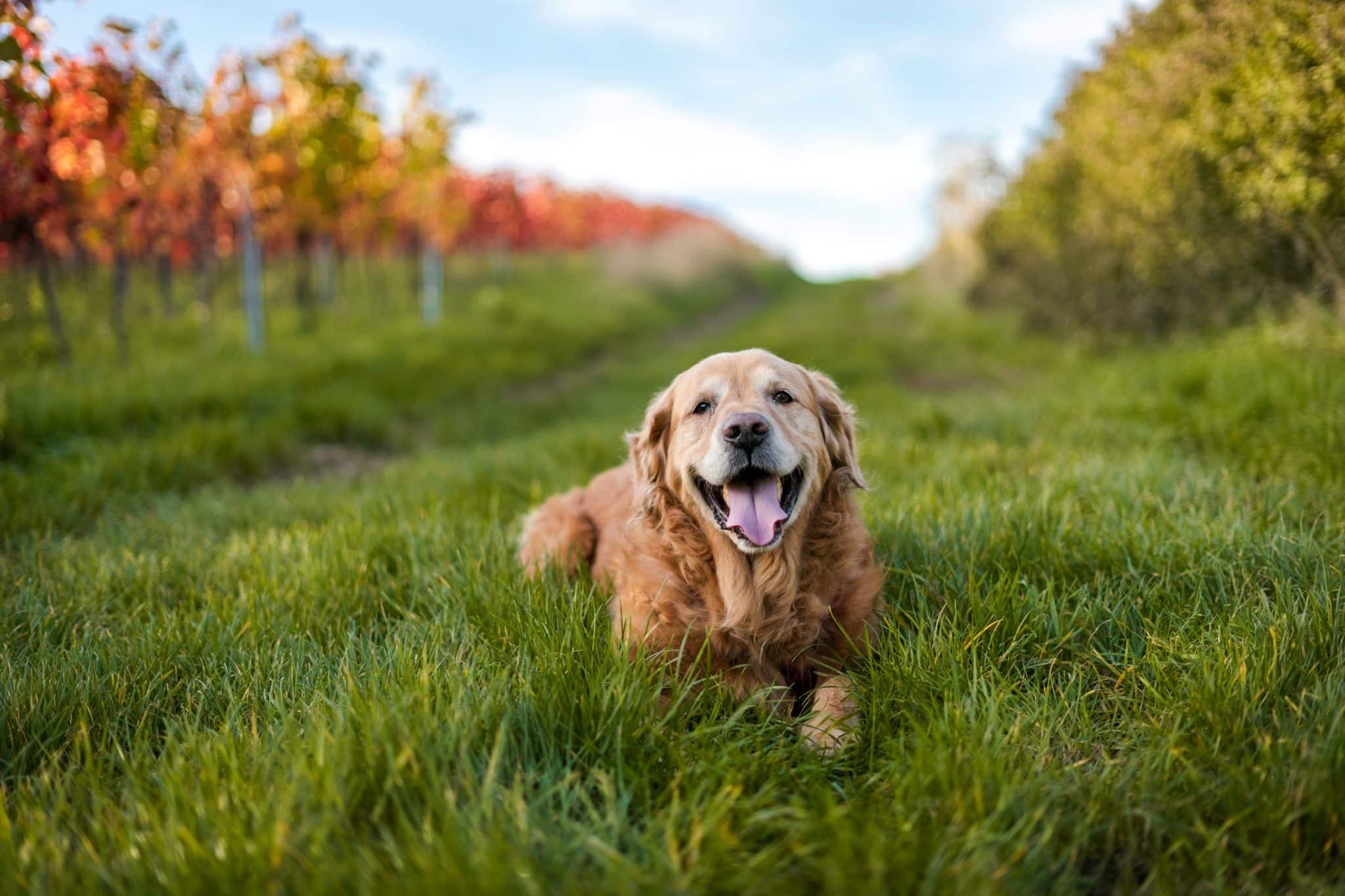Fleas and ticks aren’t just an itchy nuisance—they pose serious health risks to your dog. Fleas can cause intense itching, allergic reactions, and even anemia from excessive blood loss. Ticks, on the other hand, can transmit dangerous diseases like Lyme disease, Ehrlichiosis, and Rocky Mountain spotted fever.
Because these pests thrive in warm weather but can also survive indoors year-round, consistent flea and tick prevention for dogs is essential—no matter where you live or what season it is.
But with so many flea and tick preventatives available, how do you know which one is right for your dog? Are natural treatments effective? What should you do if you still see fleas after applying a preventative?
To help you make informed decisions about your pup’s health, let’s dive into five essential facts about flea and tick prevention for dogs.

1. Not All Flea and Tick Prevention for Dogs Works the Same Way
Multiple types of flea and tick preventatives exist, each with unique mechanisms of action, application methods, and durations of effectiveness.
Oral Flea & Tick Preventatives vs. Topical Treatments
- Oral Preventatives: These come in the form of chewable tablets or pills that enter your dog’s bloodstream. Fleas and ticks must bite your dog to ingest the medication and die. Popular brands include Bravecto, NexGard, Simparica, and Credelio.
- Topical Preventatives: These spot-on treatments are applied to your dog’s skin, typically between the shoulder blades. The medication spreads through the skin’s natural oils, killing fleas and ticks on contact before they bite. Popular options include Frontline, Advantage II, and K9 Advantix II.
Flea and Tick Collars vs. Sprays
- Flea & Tick Collars: Some collars, like Seresto, release a continuous low dose of medication for up to 8 months. They repel and kill fleas and ticks without requiring a bite.
- Flea & Tick Sprays: Sprays offer quick relief and are helpful for spot treatments but don’t provide long-term protection. They’re often used in addition to other preventatives.
Natural Flea and Tick Prevention for Dogs: Are They Effective?
Some pet parents prefer natural alternatives, such as:
- Essential oil-based sprays (e.g., cedarwood, lemongrass, peppermint)
- Diatomaceous earth (a fine powder that dehydrates fleas)
- Apple cider vinegar rinses
While these methods may help repel fleas and ticks, they are generally less effective than veterinary-recommended preventatives. If you live in an area with a high flea and tick population, relying solely on natural remedies could put your dog at risk.
RELATED: See Our Complete Guide – Natural Flea And Tick Prevention & Eradication
2. Flea and Tick Preventatives Have Different Protection Durations
Not all flea and tick preventatives last the same amount of time, so it’s crucial to stay consistent with treatments.
Monthly vs. Long-Term Flea & Tick Prevention for Dogs
- Monthly preventatives (most oral and topical treatments) require reapplication every 30 days.
- Long-lasting preventatives, such as flea collars, can provide protection for 6-8 months.
- Bravecto (oral chew) offers protection for up to 12 weeks—longer than most other oral preventatives.
Why Skipping Doses Can Put Your Dog at Risk
Flea and tick life cycles continue year-round, even if you don’t see any pests. Missing a dose can allow fleas and ticks to reinfest your dog, making it harder to break the cycle.
To ensure continuous protection, set reminders to administer preventatives on time.
3. Flea and Tick Prevention for Dogs Must Be Chosen Based on Size & Health
Not all flea and tick preventatives are one-size-fits-all—your dog’s weight, age, and health condition play a huge role in choosing the right product.
Weight-Based Dosing is Crucial
Most flea and tick preventatives are formulated based on weight ranges. Giving a large dog a small dog dose will not provide enough protection while giving a small dog too much medication could be dangerous.
Always check the weight guidelines on the packaging and consult your vet if your dog is between weight categories.
Dogs With Health Conditions May Require Special Flea & Tick Prevention
Some flea and tick preventatives contain ingredients that may not be safe for dogs with certain health conditions:
- Dogs with seizures should avoid isoxazoline-based preventatives (Bravecto, NexGard, Simparica) due to potential neurological side effects.
- Dogs with allergies or sensitive skin may react poorly to topical treatments and may do better with oral medications.
- Senior dogs or those with liver/kidney disease may require special dosing or vet-approved alternatives.
Before starting any flea and tick prevention for dogs, always consult your vet—especially if your pup has pre-existing health issues.
4. Flea and Tick Prevention for Dogs Doesn’t Work Instantly
Different Preventatives Have Different Kill Speeds
Flea and tick preventatives don’t all work at the same rate.
- Oral preventatives can begin killing fleas in as little as 30 minutes but may take 24 hours for full effectiveness.
- Topical treatments may take 12-48 hours to spread through your dog’s skin and kill all fleas and ticks.
- Some products only kill pests after they bite, while others repel them before they attach.
Why You Might Still See Fleas After Treatment
Even after applying flea and tick prevention for dogs, you may still notice fleas. This doesn’t mean the treatment isn’t working—here’s why:
- New fleas may jump on your dog from the environment before dying.
- Your home may be infested, meaning eggs and larvae continue hatching.
- Ticks may take several hours to die, even with effective preventatives.
To fully eliminate fleas, you must treat both your dog and your home—vacuum frequently, wash bedding, and consider using an environmental flea spray.
RELATED: Read Our Review of the Best OTC Flea & Tick Treatments For Dogs
5. Some Flea & Tick Preventatives Are Toxic to Other Pets
Flea & Tick Products Safe for Dogs May Be Harmful to Cats
Some flea and tick preventatives contain permethrin, a chemical that is highly toxic to cats. If you have both dogs and cats, follow these precautions:
- Never apply a dog-only flea treatment to a cat.
- Keep cats away from treated dogs until the product has dried.
Be Cautious Around Small Pets
Many flea and tick preventatives contain pesticides that can harm rabbits, ferrets, and guinea pigs. Always check with your vet before using flea prevention around small animals.
FAQs About Flea and Tick Prevention for Dogs
How often should I apply flea and tick prevention to my dog?
Most flea and tick preventatives require a monthly application, but some last longer (e.g., Seresto collars for 8 months, Bravecto for 12 weeks).
What happens if I miss a dose of flea and tick prevention?
Apply it as soon as possible, but do not double up on doses. Skipping doses can lead to re-infestation.
Can I use flea shampoo instead of a preventative?
Flea shampoos kill fleas on contact but do not provide long-term protection. They should be used alongside a preventative, not as a replacement.
Are natural flea preventatives effective?
Natural options like essential oils and diatomaceous earth may repel fleas and ticks but are generally less effective than traditional preventatives.
Can my dog still get Lyme disease if they’re on flea and tick prevention?
Yes—some preventatives don’t repel ticks before they bite. If you live in a high-risk area, ask your vet about the Lyme disease vaccine.

Keeping Your Dog Safe with Year-Round Flea & Tick Prevention
Flea and tick prevention for dogs is essential to keep them happy, healthy, and pest-free. By choosing the right preventative, applying it consistently, and treating your home environment, you can stop infestations before they start.
When in doubt, consult your vet—they can help you select the safest, most effective flea and tick prevention for your furry friend!



 Toledo, United States.
Toledo, United States.
